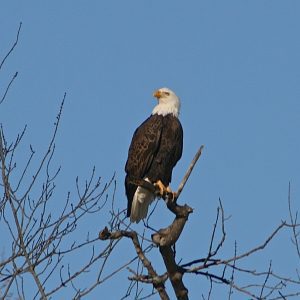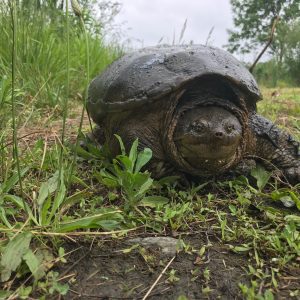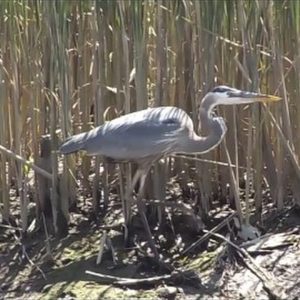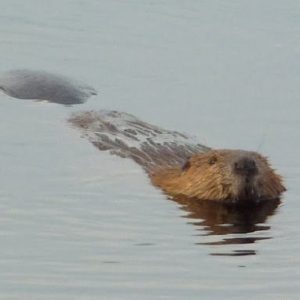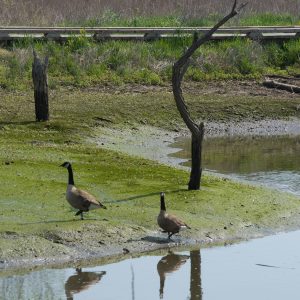A recent U.S. Supreme Court ruling on the Clean Water Act places Delaware’s abundant and beautiful wetlands in peril. The state should create its own protections. Is it possible?
Wetlands in Danger
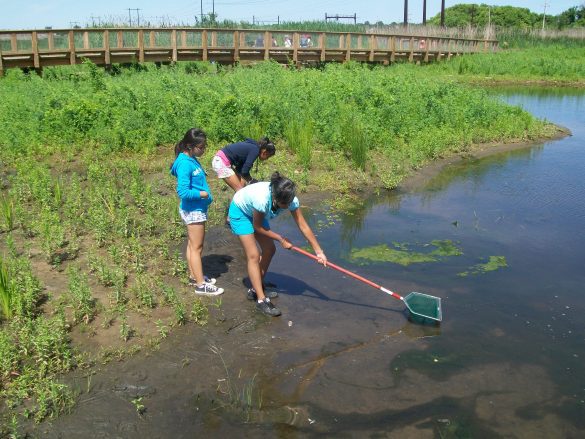
Wetlands cover about a quarter of Delaware’s surface area, but a recent U.S. Supreme Court ruling will leave roughly 30,000 acres of these vital arteries of the landscape unprotected from development, pollution, and other threats. The consequences of Sackett v. Environmental Protection Agency, which redefines which waters are protected by the U.S. federal government, may be felt heavily downstate.
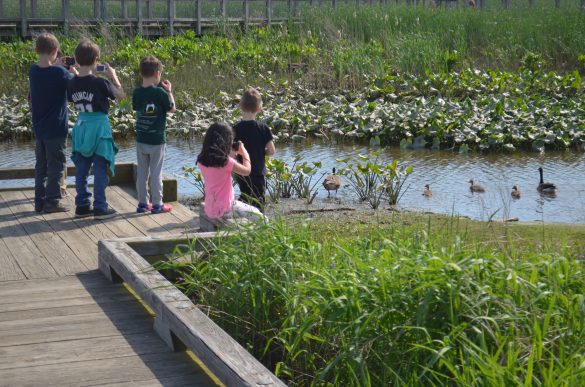
The federal law at the center of the Sackett ruling is the Clean Water Act, which has safeguarded the nation’s waters and aquatic wildlife since 1972. By protecting waterways and wetlands from industrial pollution, dredging, in-filling, and waste dumping, the Clean Water Act ensured Americans have safe sources of drinking water and thriving ecosystems that support health and recreation. But following the Supreme Court’s decision in May, the number of waters that are afforded federal protections will drop because of a judicial pivot on how the “waters of the United States” are defined.
Waters of the United States
Under the new definitions, bodies of water must be navigable or have a constant surface connection to another navigable body of water to be protected under the Clean Water Act. By some estimates, up to 30 percent of Delaware’s freshwater wetlands—previously regulated by the U.S. Army Corps of Engineers—could be affected by the new rule.
Non-tidal freshwater wetlands, which can be isolated, intermittent, or ephemeral, no longer qualify for federal-level protection because they are not defined as navigable. This recategorization will endanger the wetlands that supply crucial ecosystem services to the state’s $8 billion agricultural industry and to its tourism industry, which is valued at $3 billion to $4 billion.
“As soon as you put an impervious surface over that wetland [for a construction project], it’s gone,” says Michelle Schmidt, director of Conservation and Watershed Planning at the Center for Inland Bays. “It would be really hard to come back from that.”
Wetlands Impact on Ecosystems
Schmidt points to the valuable services provided by non-tidal freshwater wetlands, including the critical habitat they provide for migratory birds and amphibians—important players in a functioning ecosystem. They also filter water and replenish underground aquifers for the state’s human residents. Post-Sackett, this could lead to problems for the 20 percent of Delawareans, mainly in Kent and Sussex Counties, who get their drinking water from private groundwater wells.
Though Delaware tends to have strong environmental protections, including oversight of tidal wetlands, there’s no state-wide permitting program to fill the void left by the U.S. Army Corps of Engineers. The good news: both New Castle and Kent counties have local codes that regulate some development near wetlands. Sussex County, however, does not.
Jerry Kauffman foresees a rollercoaster of short-term environmental rollbacks versus pushes for new protections. Kauffman, director of the Water Resources Center at the University of Delaware, drafted a bill for the General Assembly in the late 2000s. “There is a window” for reviving the freshwater wetlands act now, Kauffman says, which “comes up every several years.”
Need for Statewide Wetlands Program
Since 1988, there have been five attempts to develop a non-tidal wetlands program. Lack of support from many legislators, as well as opposition from agricultural and development stakeholders, scuttled the efforts.
There is, however, a renewed push to remedy this patchwork of permitting. In 2021, legislators asked Department of Natural Resources and Environmental Control (DNREC) to report on what it would take to create a statewide permitting program for all wetlands. The report presented three options for establishing a permitting program, but cited obstacles to implementation, including cost and confusion about federal jurisdiction. In May, after the Sackett ruling restricted what the federal government can and cannot regulate, State Senator Stephanie Hansen asked DNREC to update its report by the end of 2023.
Schmidt would also like Delaware to move toward developing its own regulatory program for wetlands, pointing out that we’re the only state in the Mid-Atlantic without one. If we can no longer expect the federal government to protect our freshwater wetlands, she says, “We need the state to help us do that.”
Timely action is key. According to DNREC’s report, getting a program up and running could take up to four years. Delaware’s historic wins for environmental legislation this year show that the window of opportunity that Kauffman talked about is indeed open—if citizens and legislators are concerned enough to take advantage of it, for the security of our drinking water and our ecosystems.
About the author:
Alyssa Hull is a science educator who enjoys connecting with young people and adults on topics such as climate change and citizen science. She’s currently trying to improve her bird identification skills with visits to the bird blind at Ashland Nature Center.
If you want to help:
Write to your legislators to urge adoption of a state freshwater wetlands permitting program. Their email addresses can be found here:
Senate Assembly Members – Delaware General Assembly
House Assembly Members – Delaware General Assembly
Write to Governor John Carney:
Email Governor Carney – Governor John Carney – State of Delaware
Subscribe to Delaware Nature Society’s advocacy newsletter, Clean Water for Delaware, to stay informed of emerging policy changes and action alerts:
